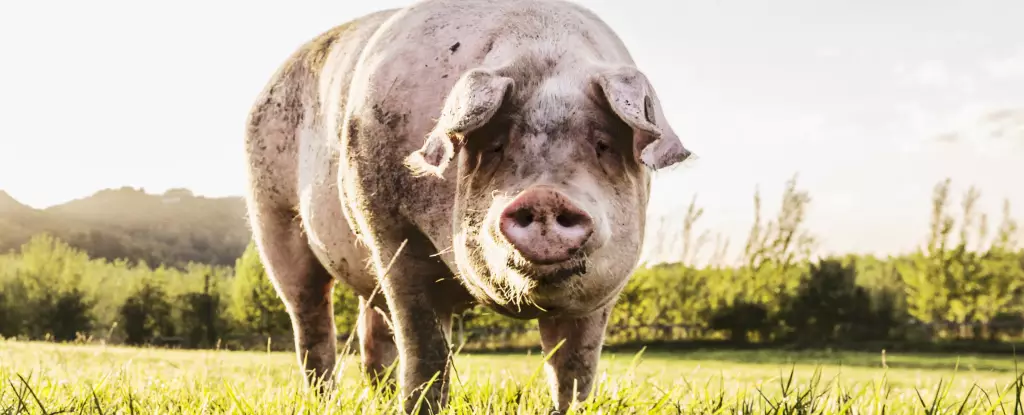Recent developments in Oregon have raised alarms as a pig at a small farm has become the first confirmed case of H5N1 avian influenza in the United States. This incident, reported by the U.S. Department of Agriculture (USDA), highlights the ever-increasing concern regarding zoonotic diseases—those that spread between animals and humans. The pig in question was discovered to be infected soon after poultry on the same farm tested positive for the virus, emphasizing a significant point of transmission that could have broader implications for public health.
The timeline of the outbreak illustrates a concerning but not unprecedented scenario. On Tuesday, just days after poultry were confirmed to have the virus, the infected pig was reported. The USDA clarified that this was a small-scale, non-commercial farm, which mitigates the threat to the commercial food supply chain. Authorities took swift action by euthanizing the infected pig and four others, underscoring the urgency of controlling the virus’s spread and ensuring appropriate diagnostic evaluations.
Interestingly, while the infected pig exhibited no visible symptoms, the interconnected living conditions of the livestock—including shared housing, equipment, and water sources—created an environment ripe for H5N1 transmission. This highlights the vulnerability of farm animals to cross-species infections, an issue that poses risks not just to animal health but potentially to human health as well.
The farm has since been quarantined, which is a crucial step in containing the virus and preventing its dissemination to other farms or wildlife. Surveillance efforts have been ramped up, with sheep and goats on the premises also being monitored. Such measures are essential, as they allow health officials to gauge the extent of infection and tackle any arising threats in a timely manner.
Despite growing concerns from public health experts regarding the rising incidence of mammal infections with avian influenza, the USDA has communicated reassuring news. Preliminary genetic analyses on the infected poultry have not revealed significant mutations to the H5N1 virus that would elevate its transmissibility to humans. Yet, the ongoing genomic sequencing of the pig’s sample remains critical, as results will determine the potential risks moving forward.
This episode serves as a stark reminder of the interconnectedness of animal and human health, particularly amidst the backdrop of pandemics. While the immediate threat to the U.S. pork supply is negligible according to officials, the emergence of H5N1 in mammals signals a pressing need for enhanced biosecurity measures and public awareness. As we continue to confront the challenges posed by zoonotic diseases, vigilance and readiness must remain at the forefront of agricultural and public health strategies. The inability to predict future mutations or the potential for increased human risk mandates a proactive approach to monitoring and research to safeguard both livestock and human populations.


Leave a Reply